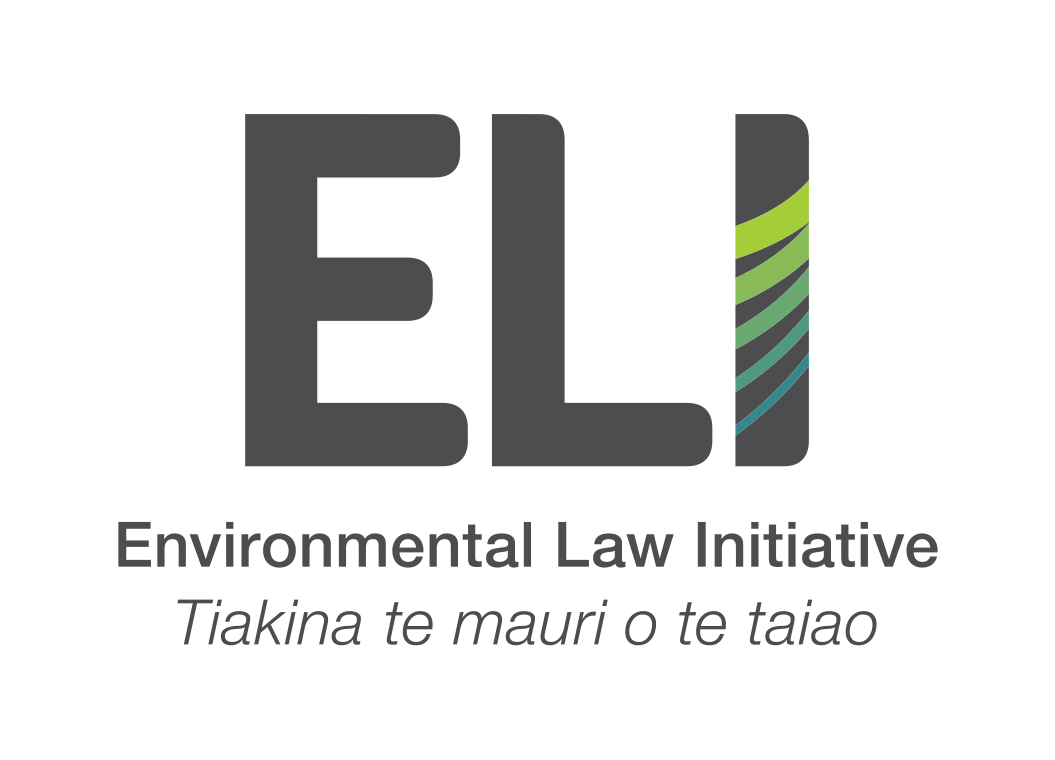
Crayfish case - Part 1
ENVIRONMENTAL LAW INITIATIVE v MINISTER FOR OCEANS AND FISHERIES
In 2022, ELI and Te Uri o Hikihiki hapū were successful in our judicial review case on the Total Allowable Catch (TAC) decisions for crayfish (CRA1) in 2021 and 2022.
Around New Zealand, including in Northland, kelp forests are declining rapidly, with ‘kina barrens’ forming in their place. Kelp forests support a wide range of marine life and their loss has devastating effects on the ecosystem.
There is a large body of supporting scientific evidence showing that this decline is occurring because of a reduction in predator numbers, including crayfish. Without crayfish, kina populations explode and eat away the kelp forests on the shallow Northland reefs.
When advising the Minister of Oceans and Fisheries on setting a TAC for crayfish in Northland, the National Rock Lobster Management Group (NRLMG) described evidence linking crayfish decline and kina barrens as “equivocal and controversial”, and failed to provide advice on the importance of kelp forests in the marine environment or the extent of their loss in Northland.
Our case demonstrated the inadequacy of the advice the Minister received on the kina barren crisis in Northland, and more broadly how the Fisheries Act requires that the Minister be provided with good advice on the ecosystem impacts of fishing when making decisions.
In October 2022 the High Court found that the 2021 and 2022 total allowable catch decisions for rock lobster in Northland were unlawful. ELI won on four of the five grounds argued.
The Minister for Oceans and Fisheries was ordered to remake the most recent decision basing it on the best available information, considering the wider impacts of crayfishing on the marine environment, and taking a precautionary approach.
